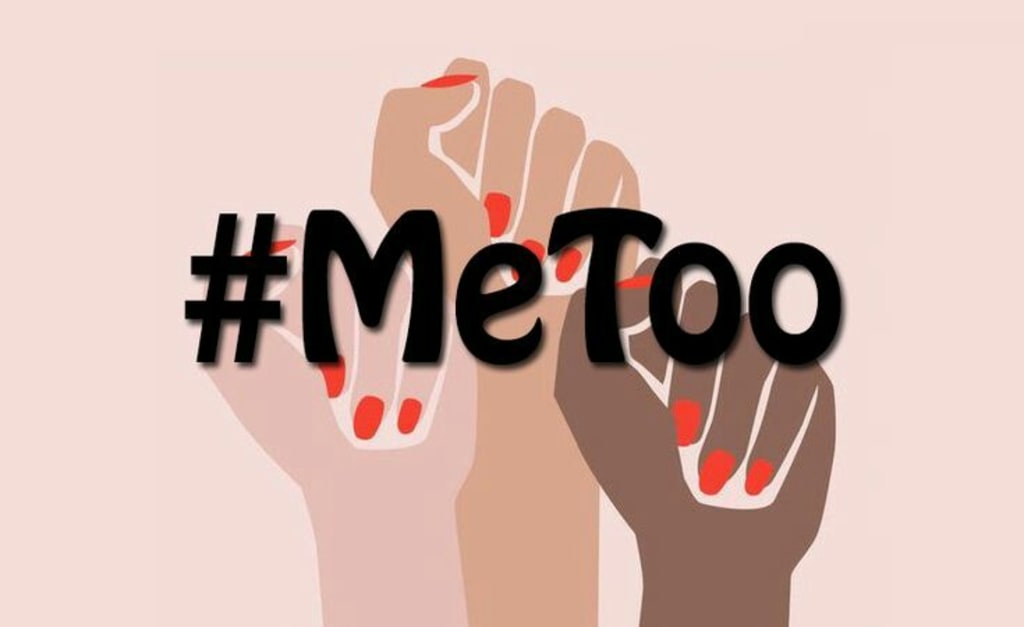Me Too and Time's Up
What It Is and What It's Not

I was sexually assaulted by an ex-boyfriend, so I understand what people are going through. I was lucky because my assailant wasn't a boss or someone I needed in my life. He also wasn't someone who could fire me, get me fired, or get me kicked out of school. There was nothing bad he could do because I hid from him and he blocked me on social media. He thought I wronged him. In sexual assault or misconduct cases, "lucky" or "fine" are relative terms. I recently ran into someone who made fun of the Me Too movement because he didn't believe most of the stories. A low percentage of stories are made up. Because of people who don't believe the stories and the fact that sexual misconduct actually happens, the Me Too movement became popular in 2017. After the popularity of the me too hashtag rose, the Time's Up movement was created.
The Me Too movement was created around 2006 before hashtagging was a thing. Tarana Burke created it because she heard a young woman's story of rape or sexual assault and she couldn't even say the words "me too." The movement rose in popularity and the hashtag was created after Harvey Weinstein was accused of sexual misconduct and the proverbial flood gates opened. Then, on new years day, 2018, the Time's Up movement was started ahead of the award season. The difference between the two movements is that the Me Too movement is to encourage the sharing of stories and, of course, we all would hope the stories are true. The Time's Up movement is to tell those who do the misconduct that time is up and we will not tolerate this behavior anymore. Accountability, honesty, and support are the most important things in situations like this.
These movements are not for people who want fame, attention, or to ruin people's lives or reputations. The fakes are sometimes easy to spot, like most liars are. Some people who have gone through this don't always share every detail, so that's not a good way of knowing who's telling a lie. There are also similar stories out there and, again, that's not a good way to pick out a liar.
So what do we do when people tell their story? We support them and we can ask respectful questions. Sometimes questions like "what were you wearing?" or "were you drunk?" make survivors go crazy. What I'm wearing or my intoxication shouldn't matter. Just because you can see my thighs or cleavage doesn't mean I want you to touch them or that I want sex—sometimes the weather calls for less clothes. Someone also doesn't want you to touch or do stuff to them because they may be tipsy and frisky or flirty. My fiancé has one rule when it comes to sexual activity and alcohol: If I'm drunk or tipsy, he will not touch me or do anything sexual with me. That's an awesome rule. It keeps things on the up and up.
It's all about consent and speaking up for ourselves. Consent is informed agreement. No means no, "get the hell off me" means no. Only sober, informed consent counts. I say informed sober consent or agreement because people need to know what is going to happen before they can agree to it. People should also be in the right state of mind before they can agree to it. "Yes," "sure," "of course," and "why not," all count! Be safe out there! Also, look out for each other. If you see something, say something.
About the Creator
Lena Bailey
Georgia born writer. Specializing in dating and true crime
If you have any questions or comments please email [email protected]






Comments
There are no comments for this story
Be the first to respond and start the conversation.